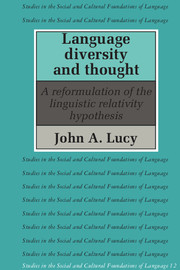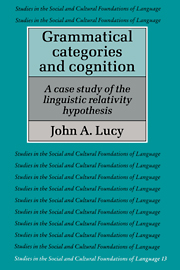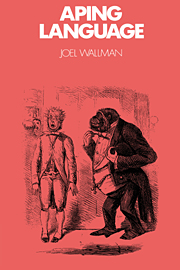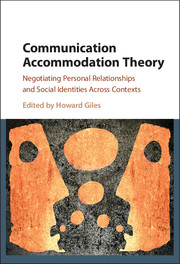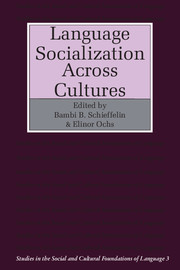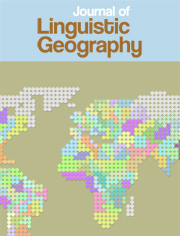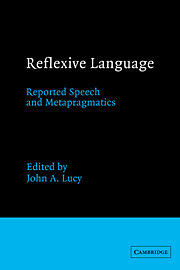Language Diversity and Thought
Language Diversity and Thought examines the Sapir-Whorf linguistic relativity hypothesis: the proposal that the grammar of the particular language that we speak affects the way we think about reality. Adopting a historical approach, the book reviews the various lines of empirical inquiry that arose in America in response to the ideas of anthropologists Edward Sapir and Benjamin L. Whorf. John Lucy asks why there has been so little fruitful empirical research on this problem and what lessons can be learned from past work. He then proposes a new, more adequate approach to future empirical research. A companion volume, Grammatical Categories and Cognition, illustrates the proposed approach with an original case study. The study compares the grammar of American English with that of Yucatec Maya, an indigenous language spoken in southeastern Mexico, and then identifies distinctive patterns of thinking related to the differences between the two languages.
Product details
July 1992Paperback
9780521387972
344 pages
228 × 148 × 23 mm
0.565kg
Available
Table of Contents
- List of figures
- Acknowledgements
- Introduction
- 1. Development of the linguistic relativity hypothesis in America: Boas and Sapir
- 2. Development of the linguistic relativity hypothesis in America: Whorf
- 3. Approaches in anthropological linguistics: typical ethnographic case studies
- 4. Approaches in anthropological linguistics: theoretical and methodological advances
- 5. Approaches in comparative psycholinguistics: experimental studies on the lexical coding of colour
- 6. Approaches in comparative psycholinguistics: experimental studies on grammatical categories
- 7. Overview and assessment of previous empirical research
- Notes
- References
- Index.

